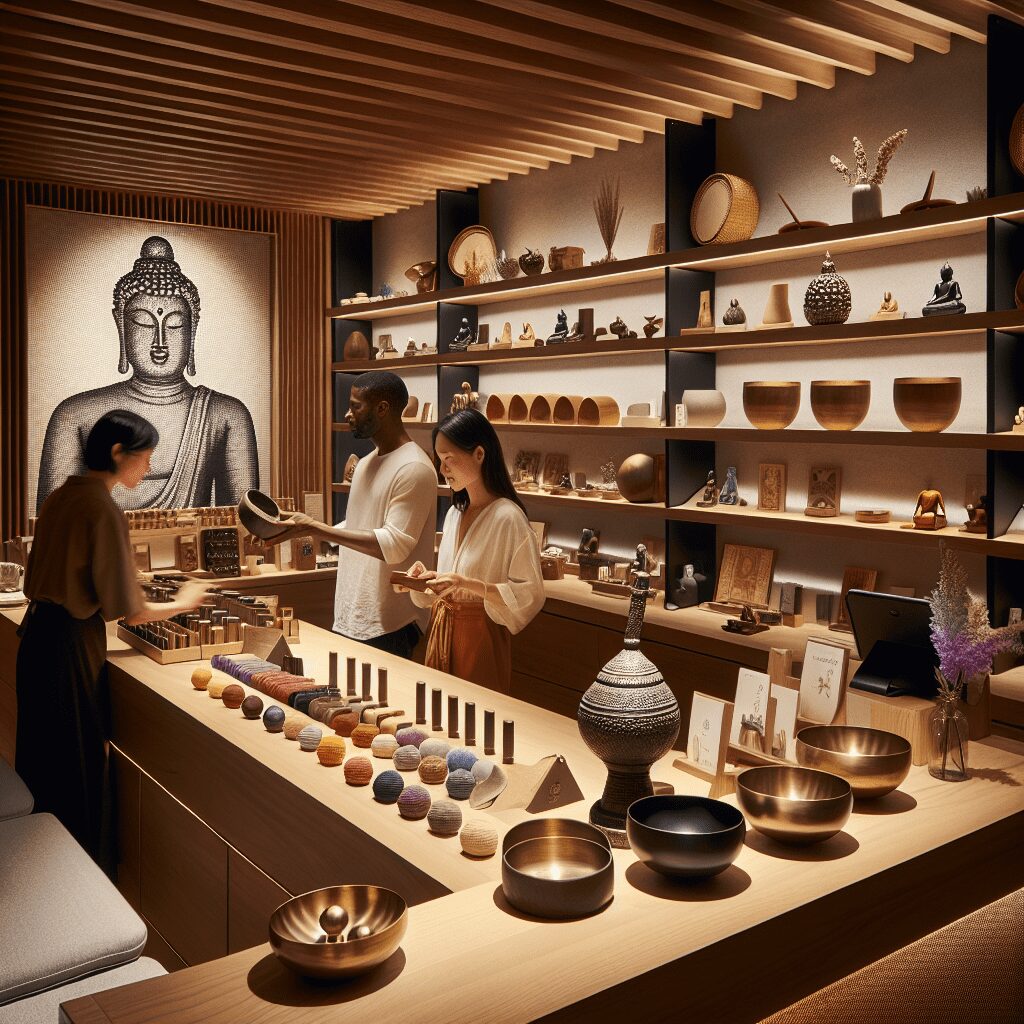
Prioritize your mental well-being daily. Enhance your life by nurturing your mental health with the Smart Meditation app. Break free from stress, alleviate anxiety, and enhance your sleep quality starting today.
Is Pranayamic Breathing A Form Of Meditation?
Unveiling the Essence of Pranayamic Breathing: More Than Just Meditation
In the labyrinth of wellness practices that promise the elixir of life, Pranayamic breathing emerges as a beacon of tranquility. Often camouflaged under the grand umbrella of yoga, its essence and prowess transcend the conventional realms of meditation, unwrapping layers of physical, mental, and spiritual well-being. But, does Pranayamic breathing fit neatly into the category of meditation, or does it chart a unique course? Let’s delve deeper into this intriguing inquiry.
The Symphony of Breath and Being
Pranayamic breathing, or Pranayama, is an ancient yogic discipline, originating from the Sanskrit words “Prana” meaning life force, and “Ayama” signifying control or extension. It is a series of controlled breathing exercises designed to infuse the body with oxygen and optimize the flow of prana or vital energy throughout the body. The magic of Pranayama lies in its versatility – from calming inhales and exhales that soothe the nervous system to energizing breaths that awaken dormant energy reserves.
Here’s a list that illustrates the multifaceted benefits of Pranayama:
- Stress Reduction: Acts as an emotional vacuum cleaner, sucking away stress and leaves tranquility in its wake.
- Improved Respiratory Health: Strengthens lung function and enhances oxygen capacity. Say goodbye to huffing and puffing up stairs!
- Enhanced Concentration: Gives a new meaning to “mind over matter,” sharpening focus like a laser.
- Boosted Energy Levels: Energizes the body without the crash and burn of caffeine.
- Deepened Meditative State: Facilitates a connection with the inner self, promoting a deeper meditative experience.
Meditation in Disguise or A Distinctive Dynamism?
Now, onto the million-dollar question – Is Pranayamic breathing a form of meditation? Well, it’s a bit like asking if a tomato is a fruit or a vegetable. Technically, it may belong to one category, but in practice, it fits just as comfortably in another.
Pranayama can indeed be a meditative practice. When one engages in this form of controlled breathing, the mind is directed to focus solely on the act of breathing – the inhalation, retention, and exhalation. This heightened awareness of the breath serves to anchor the mind in the present moment, a cornerstone of meditative practice. The symbiosis of breath and mindfulness turns Pranayama into a moving meditation, a bridge that connects the mind, body, and spirit.
Yet, to pigeonhole Pranayama solely as meditation would be to overlook its distinctive dynamism. Unlike traditional meditation practices that primarily seek to quiet the mind, Pranayama encompasses a broader physiological and energetic spectrum. It is an intricate dance of breath that rejuvenates the body, regulates the nervous system, and harmonizes the chakras.
Harnessing the Power of Pranayamic Breathing
For those keen on exploring this ancient practice, here’s a pro tip – start slow. Begin with simple techniques such as Anulom Vilom (Alternate Nostril Breathing) or Bhramari (Bee Breath). Remember, it’s not a race, but a journey towards harmony and wellness. Also, it might be wise to consult with a seasoned practitioner, especially if you have underlying health issues.
As the narrative around Pranayamic breathing unfolds, it’s clear that its essence transcends the boundaries of conventional meditation. It is both a meditative practice and a holistic wellness regimen, offering a kaleidoscope of benefits. Far more than a mere exercise of inhale and exhale, Pranayama is a discovery of the rhythm of life itself, a testament to the profound power of breath. So, take a deep breath, dive in, and let the Pranayamic journey begin.





